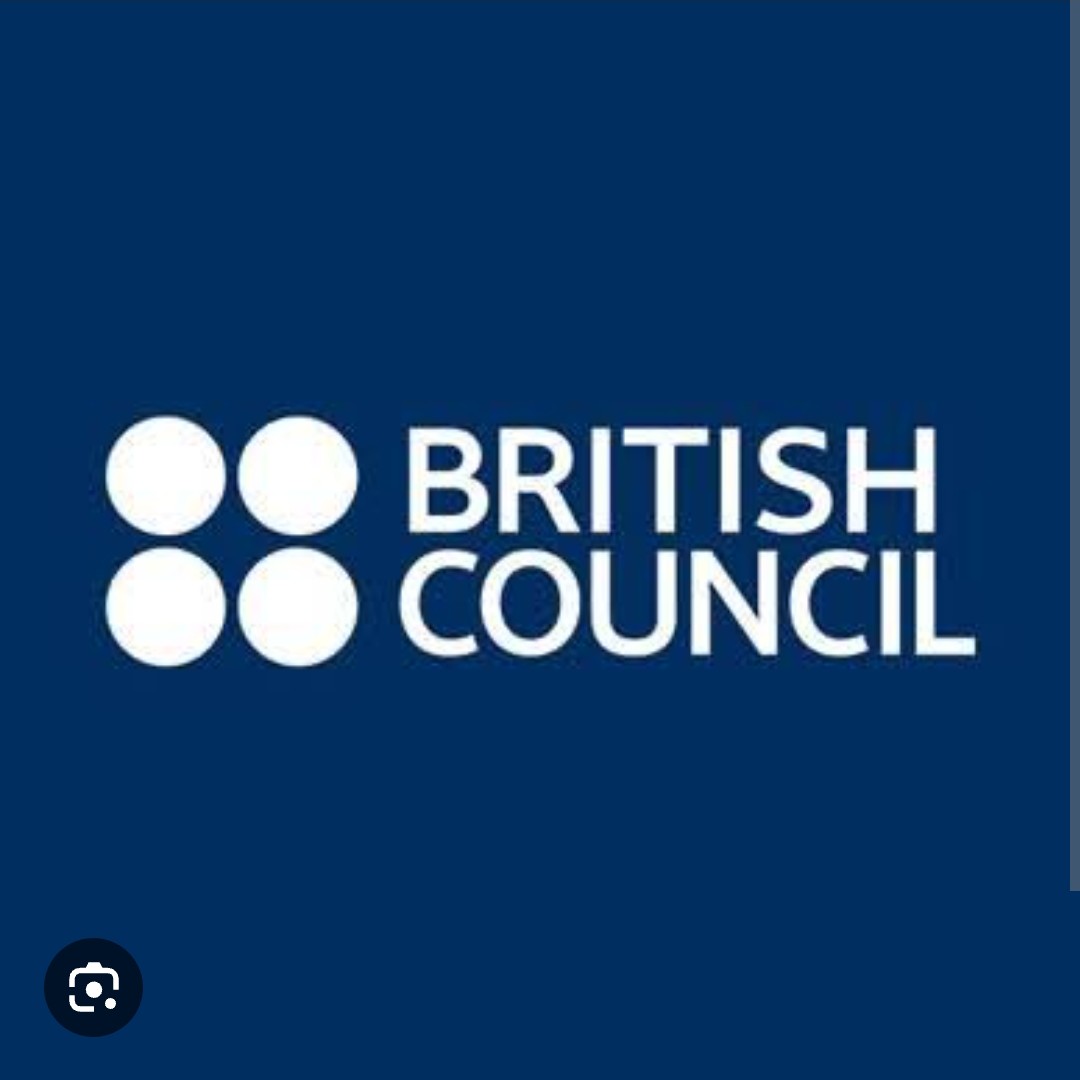Design thinking, a problem-solving approach rooted in empathy and creativity, has gained prominence across various industries. In the realm of education, teachers adopting the role of instructional designers can leverage design thinking principles to create engaging and effective learning experiences. This article explores how design thinking can empower educators to craft innovative instructional materials and methods.
- Empathy in Understanding Student Needs
-
- Design thinking begins with empathizing with the end-users, in this case, the students. Teachers can gain a deeper understanding of students’ learning styles, preferences, and challenges through interviews, observations, and feedback sessions.
- By incorporating empathy, instructional designers (teachers) can tailor their materials to meet the diverse needs of their students, fostering a more inclusive and personalized learning environment.

2. Define the Problem
-
- Teachers often face challenges in conveying complex concepts or maintaining student engagement. Design thinking encourages educators to clearly define these challenges as problems to be solved.
- Articulating the problem enables teachers to focus on specific aspects of instructional design, ensuring that the solutions they develop directly address the identified issues.

- Ideation for Creative Solutions
-
- Once the problem is defined, teachers can engage in brainstorming sessions to generate creative solutions. This phase encourages thinking beyond traditional methods and encourages educators to explore unconventional approaches.
- By fostering a culture of ideation, design thinking empowers teachers to come up with innovative ways to present information, promote critical thinking, and spark students’ interest.

- Prototyping and Testing
-
- Design thinking emphasizes rapid prototyping and testing to refine ideas and concepts. Teachers can apply this iterative process to their instructional materials, creating prototypes of lesson plans, assessments, or multimedia resources.
- Testing these prototypes in the classroom allows educators to gather valuable feedback from students, enabling continuous improvement and refinement of instructional designs.

- Collaboration and Interdisciplinary Approaches
-
- Design thinking encourages collaboration among diverse teams. Teachers can apply this principle by collaborating with colleagues, specialists, or even students to bring different perspectives to instructional design.
- Interdisciplinary approaches enrich the learning experience, integrating insights from various subjects and real-world applications, making education more holistic and relevant.

- Adaptability to Changing Educational Landscape
-
- The education landscape is dynamic, with evolving technologies and methodologies. Design thinking equips teachers with the mindset to adapt to these changes, ensuring that instructional designs remain current and effective.
- By embracing adaptability, educators can stay ahead of educational trends and implement innovative strategies that resonate with contemporary learners.

Conclusion
Incorporating design thinking into instructional design empowers teachers to create student-centered, dynamic learning experiences. By embracing empathy, defining problems, fostering ideation, and engaging in iterative prototyping, educators can revolutionize their approach to teaching. Design thinking not only enhances instructional materials but also cultivates a culture of innovation and adaptability within the educational ecosystem. As teachers embrace their roles as instructional designers, design thinking serves as a powerful tool to navigate the complexities of education in the 21st century.














